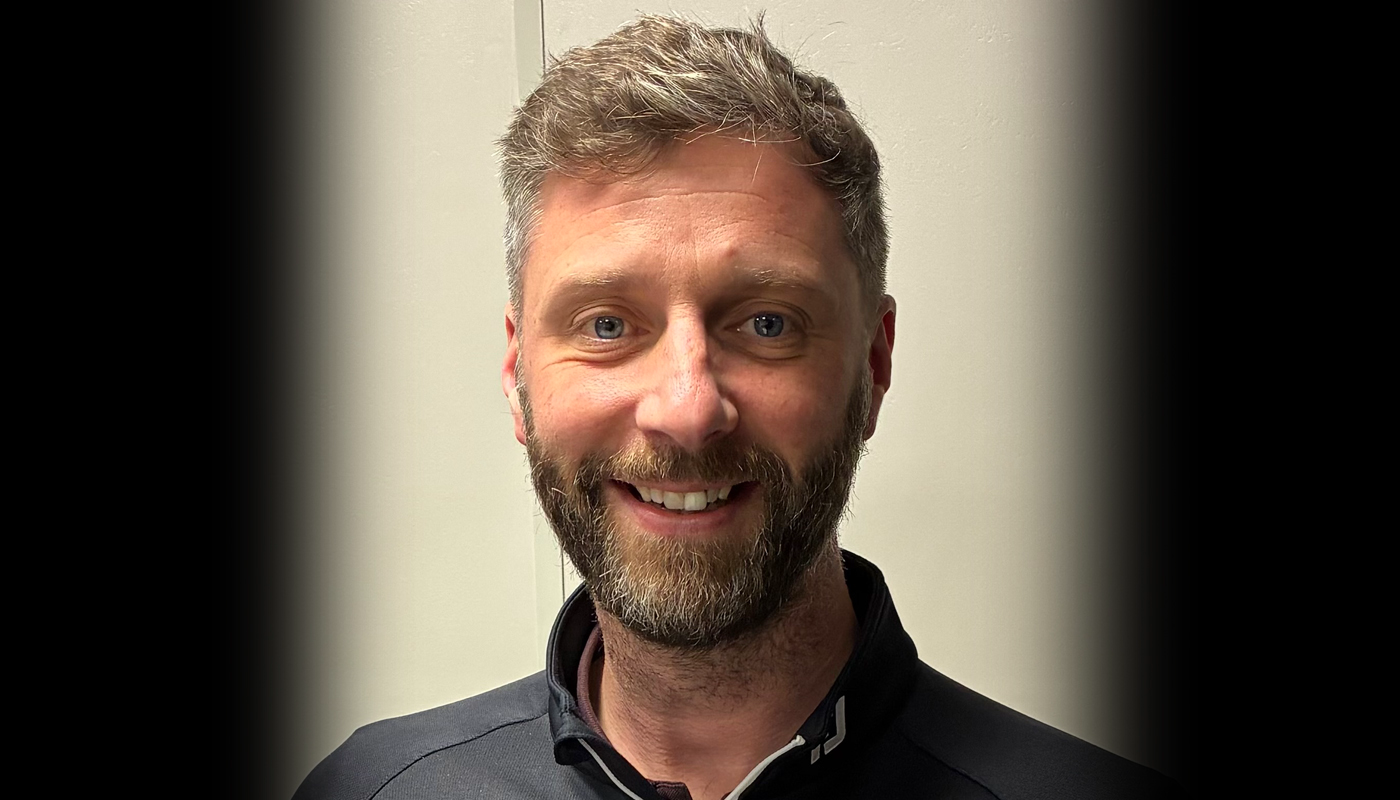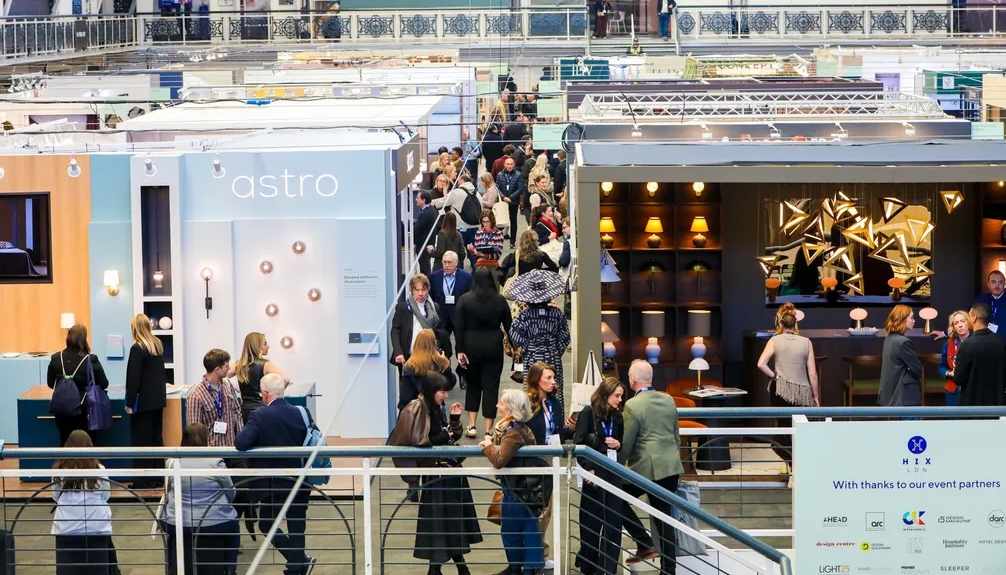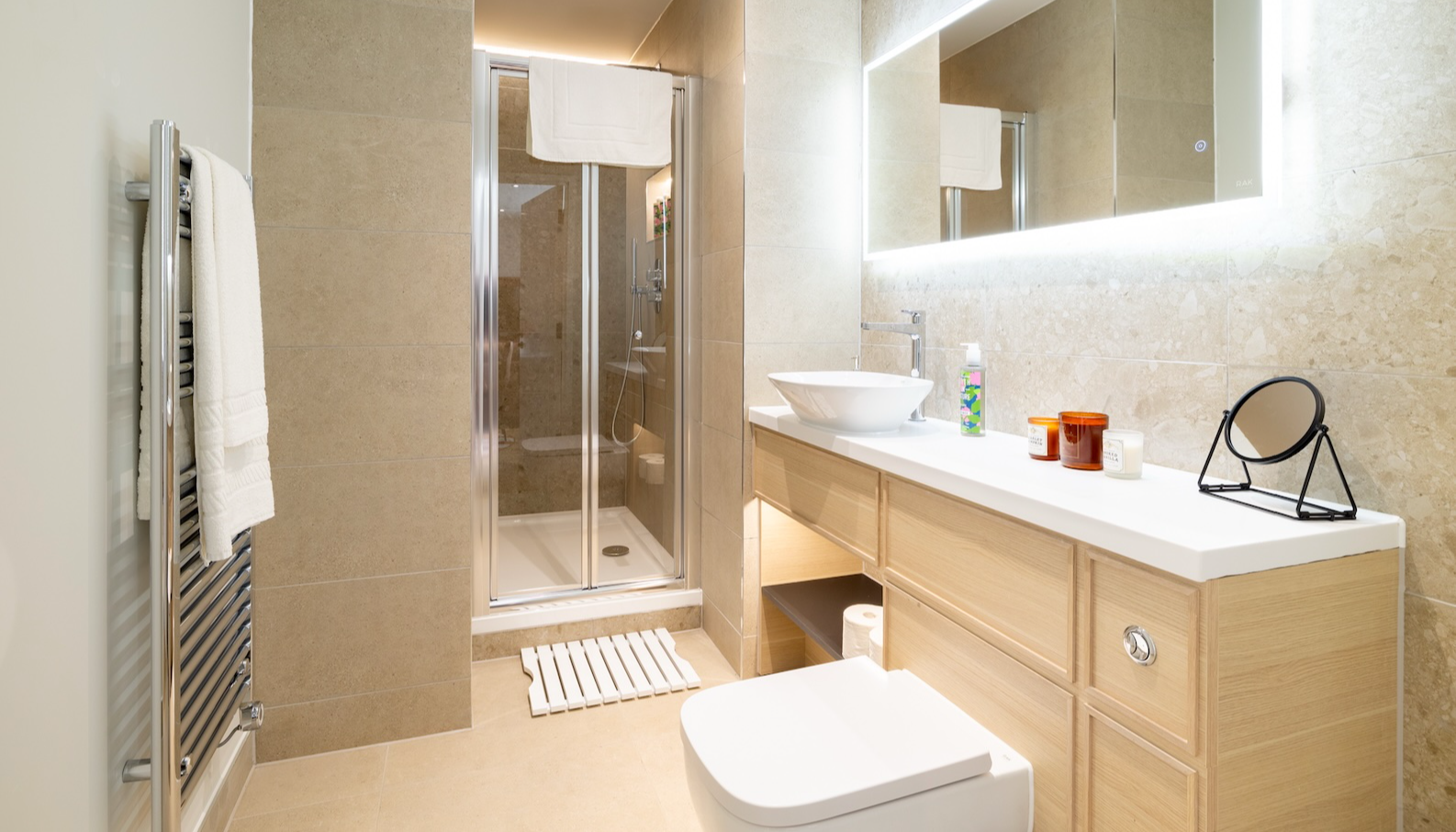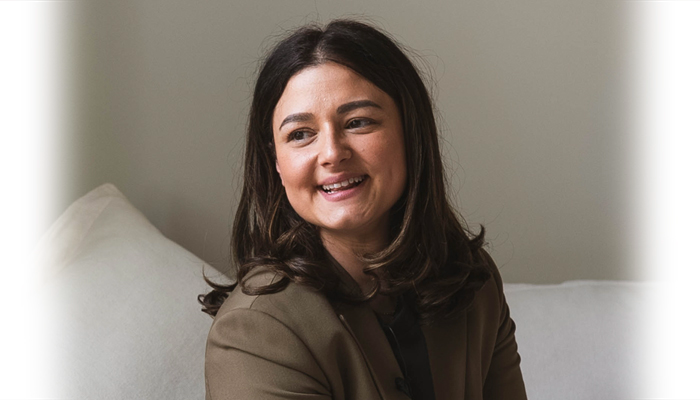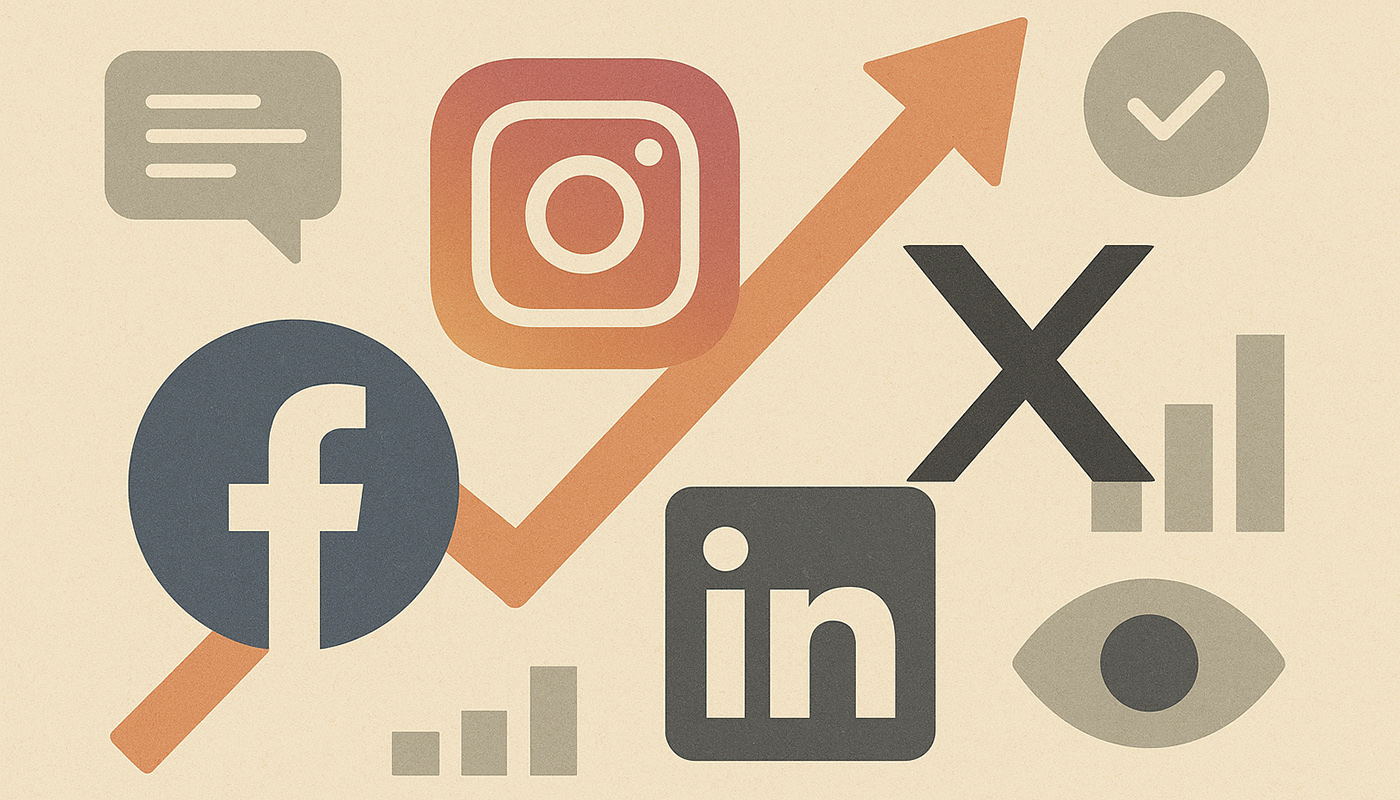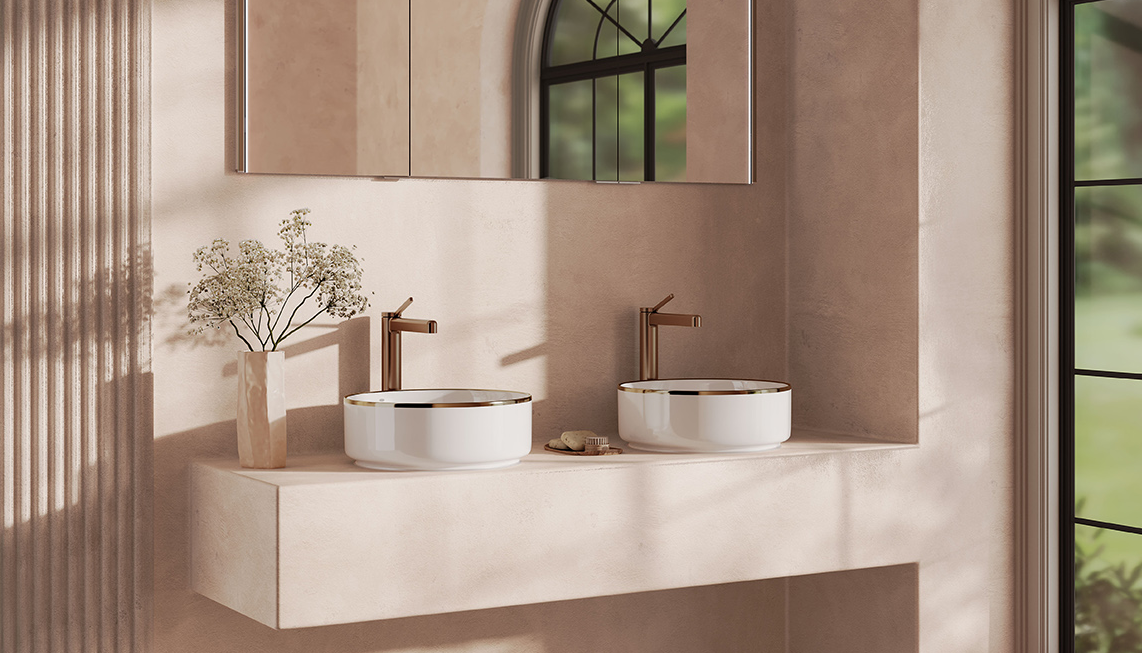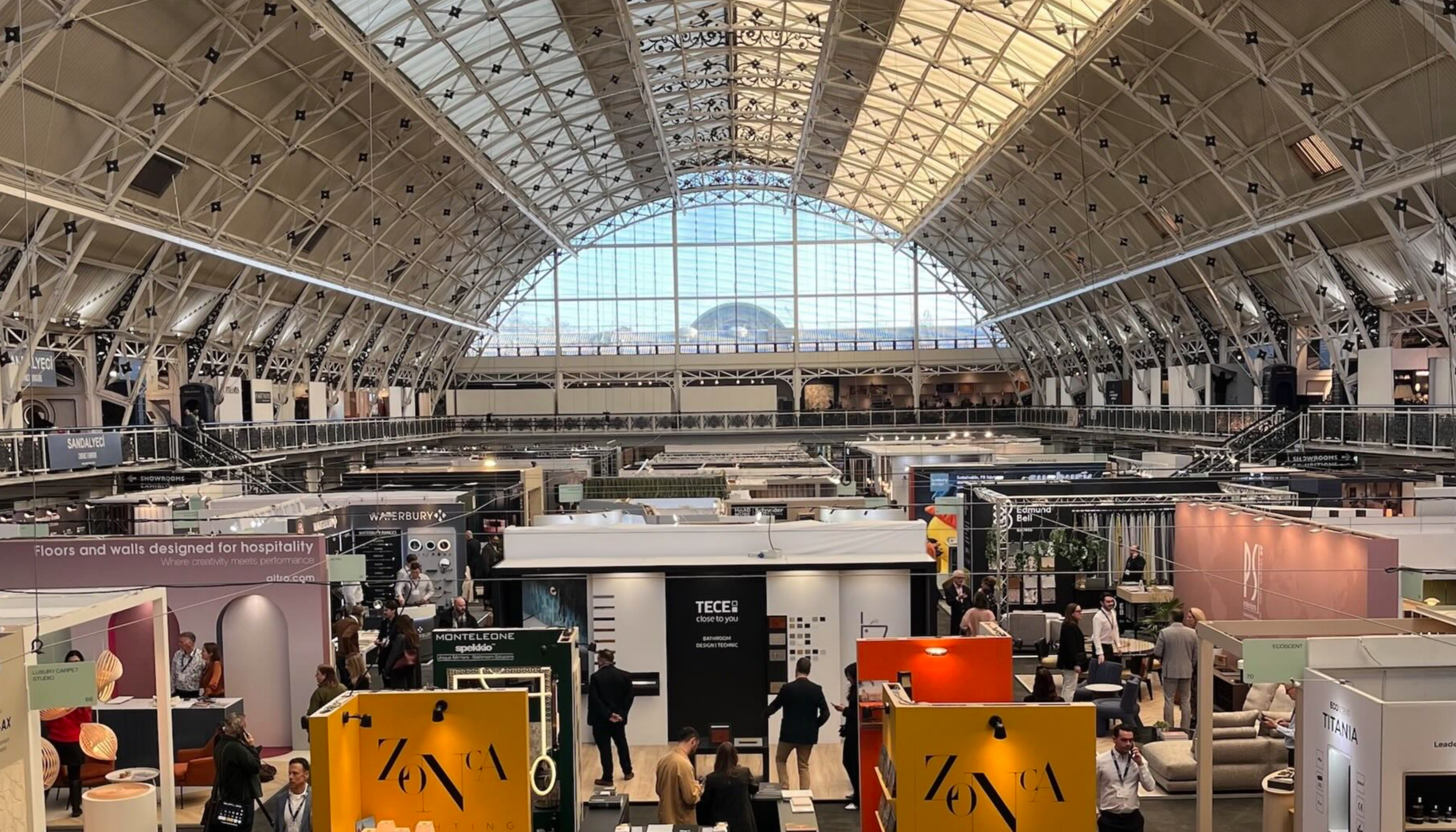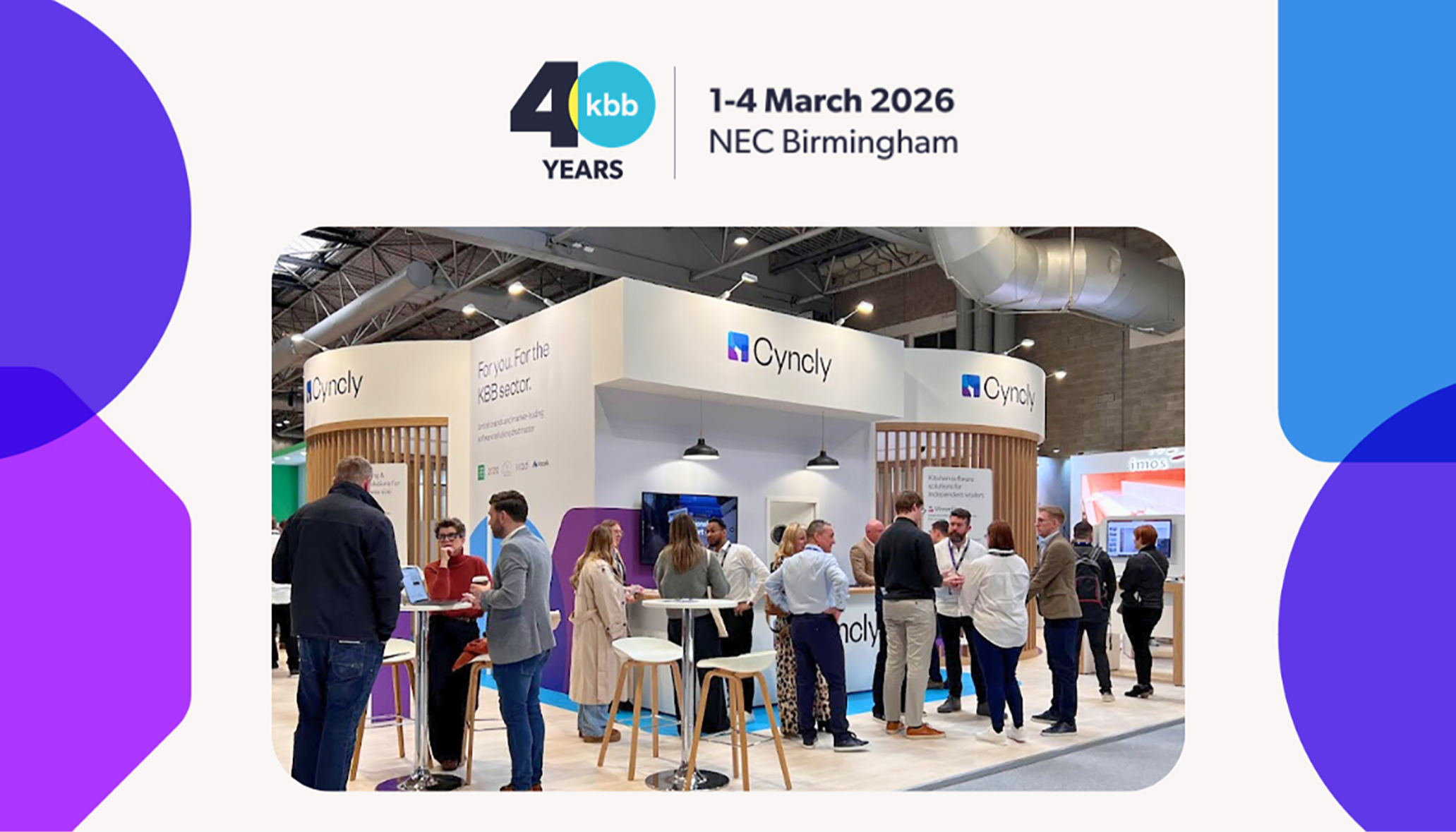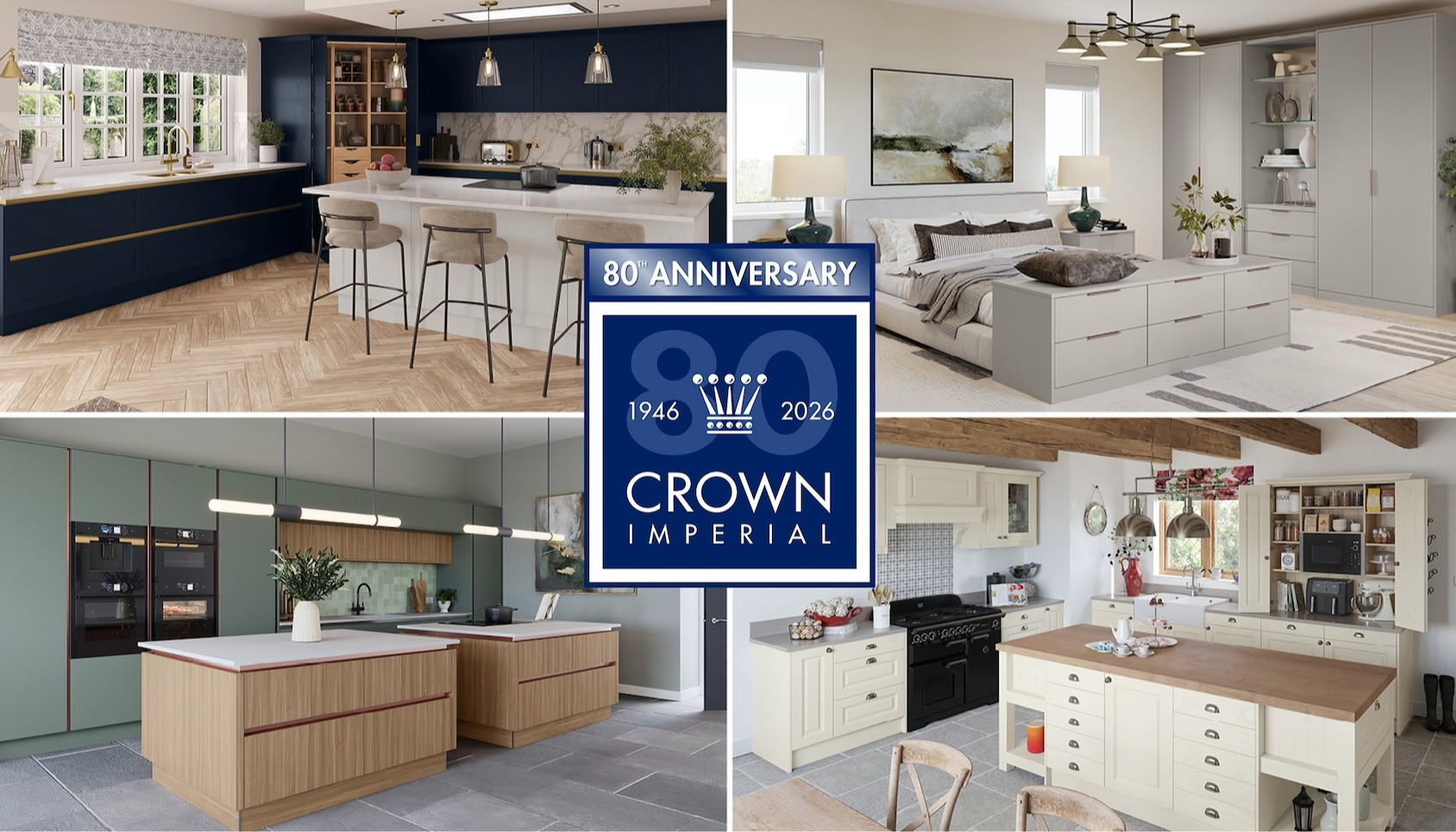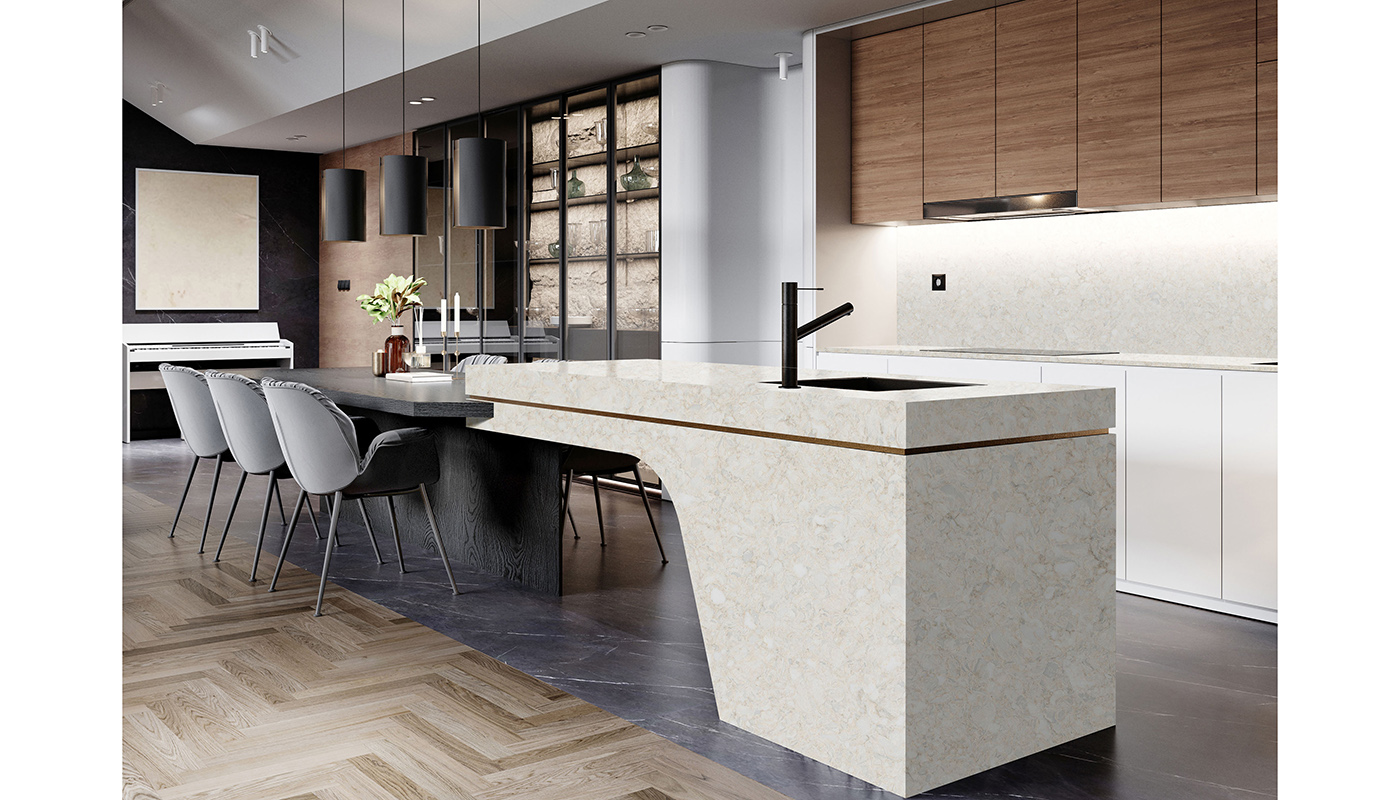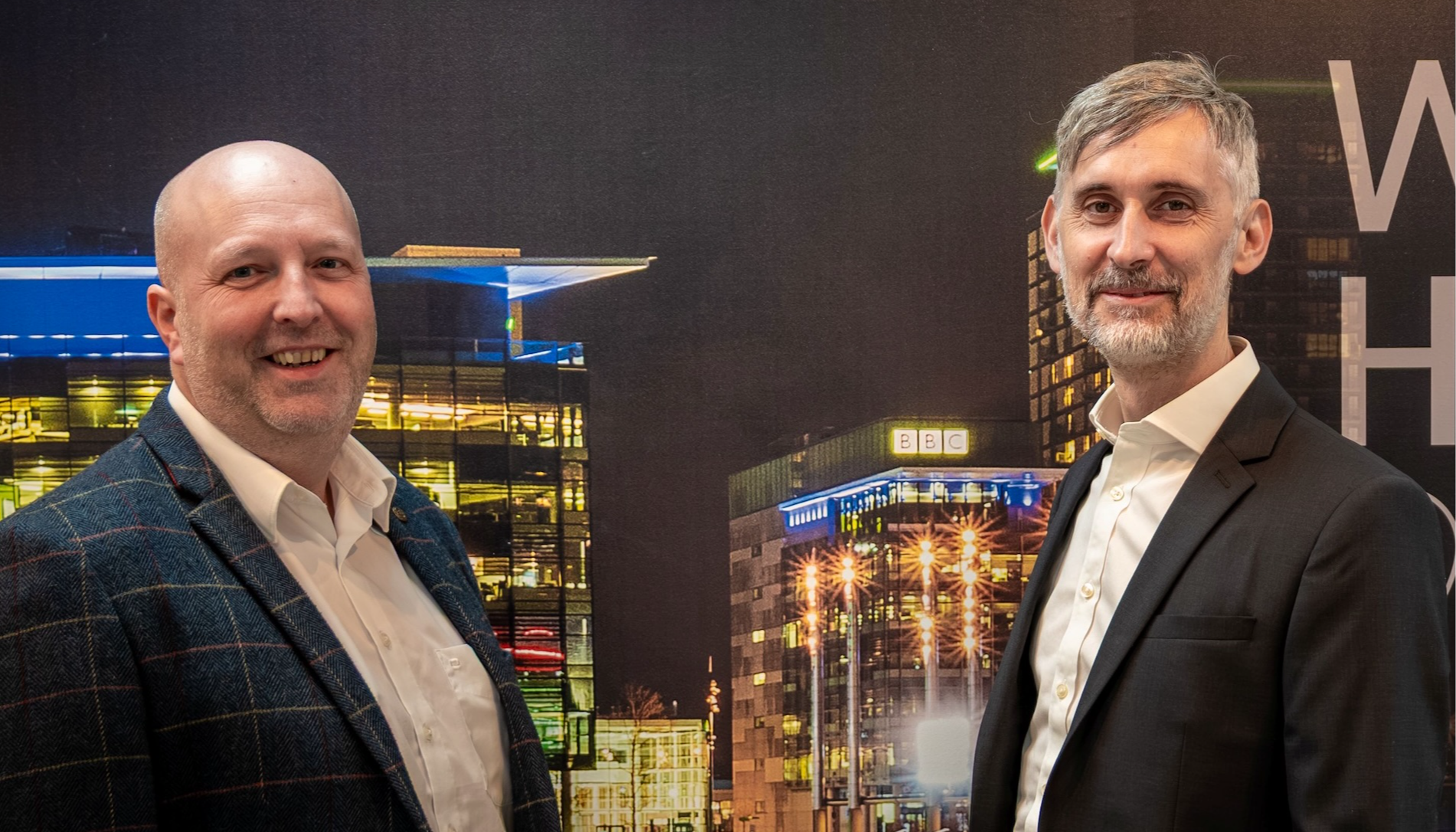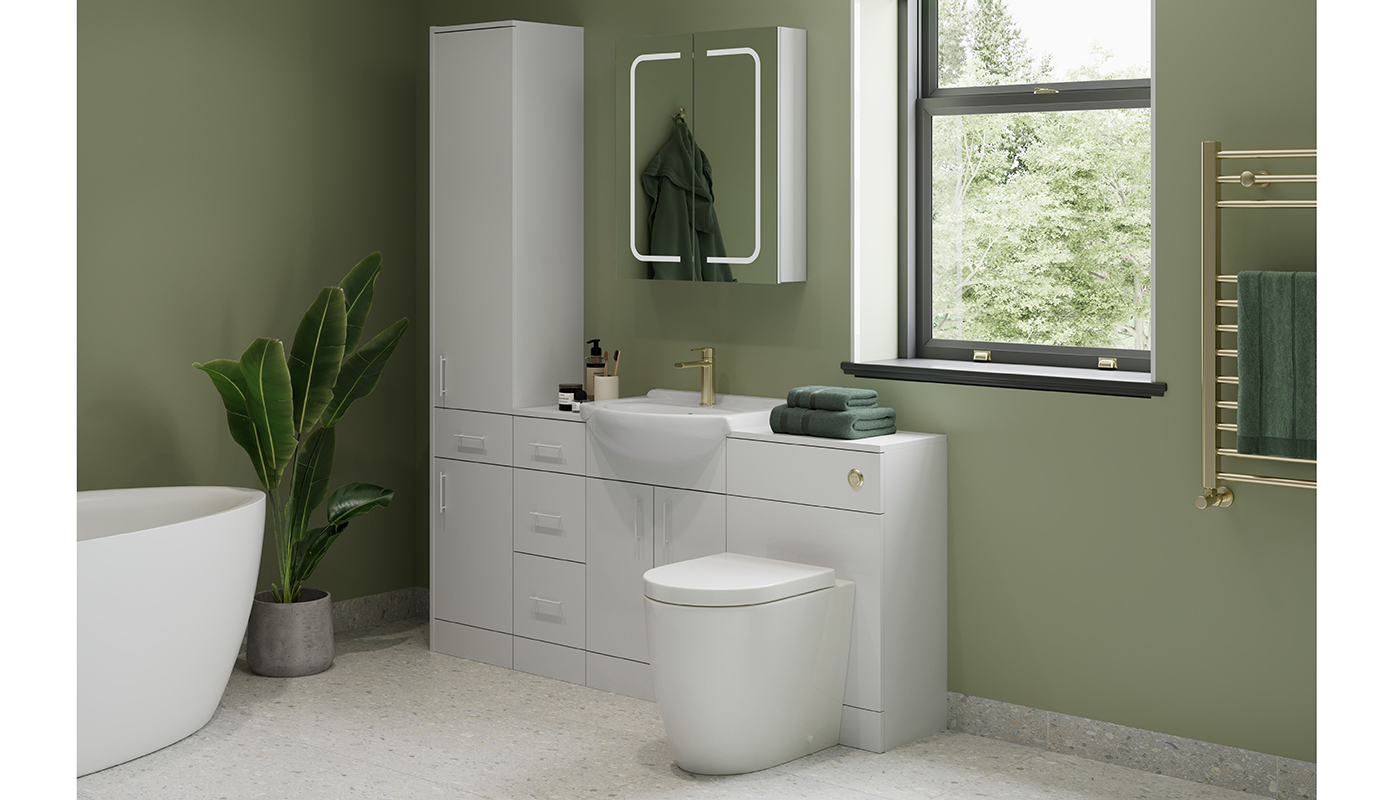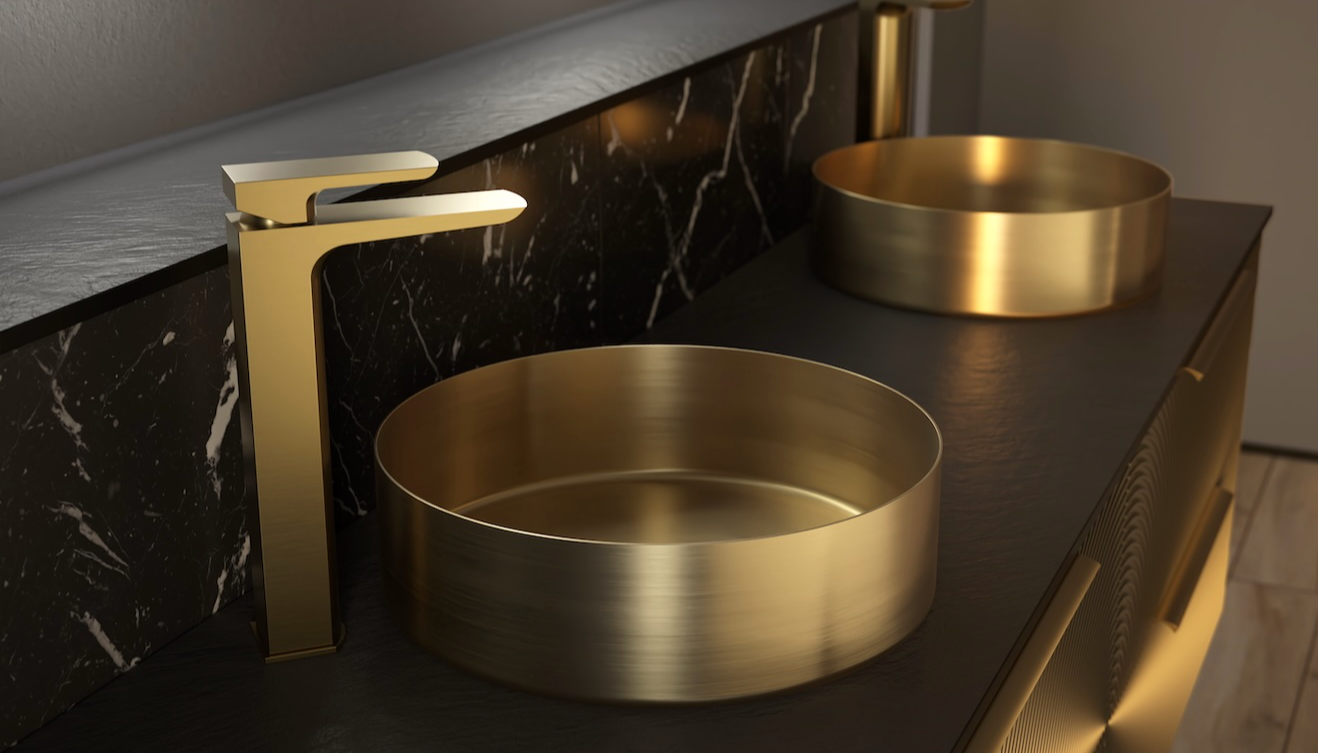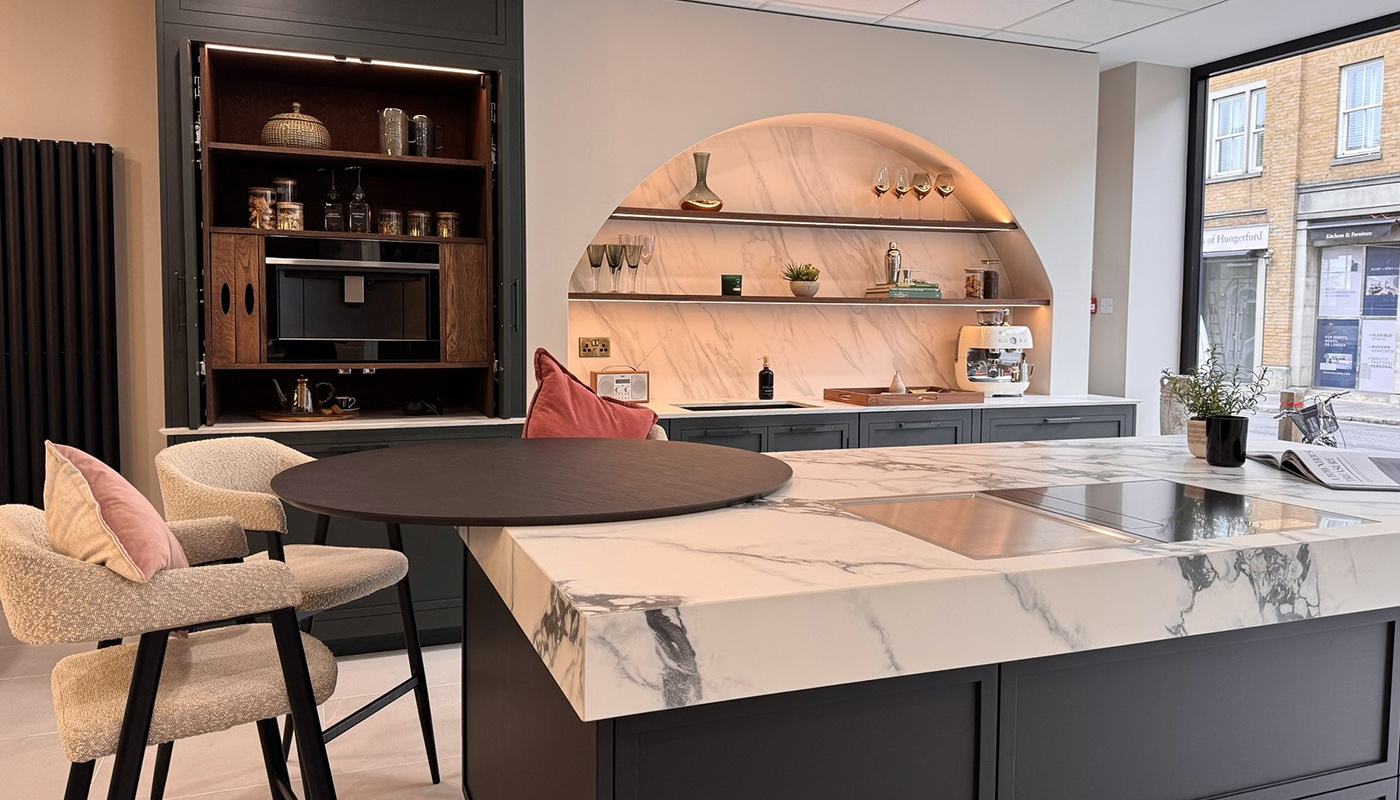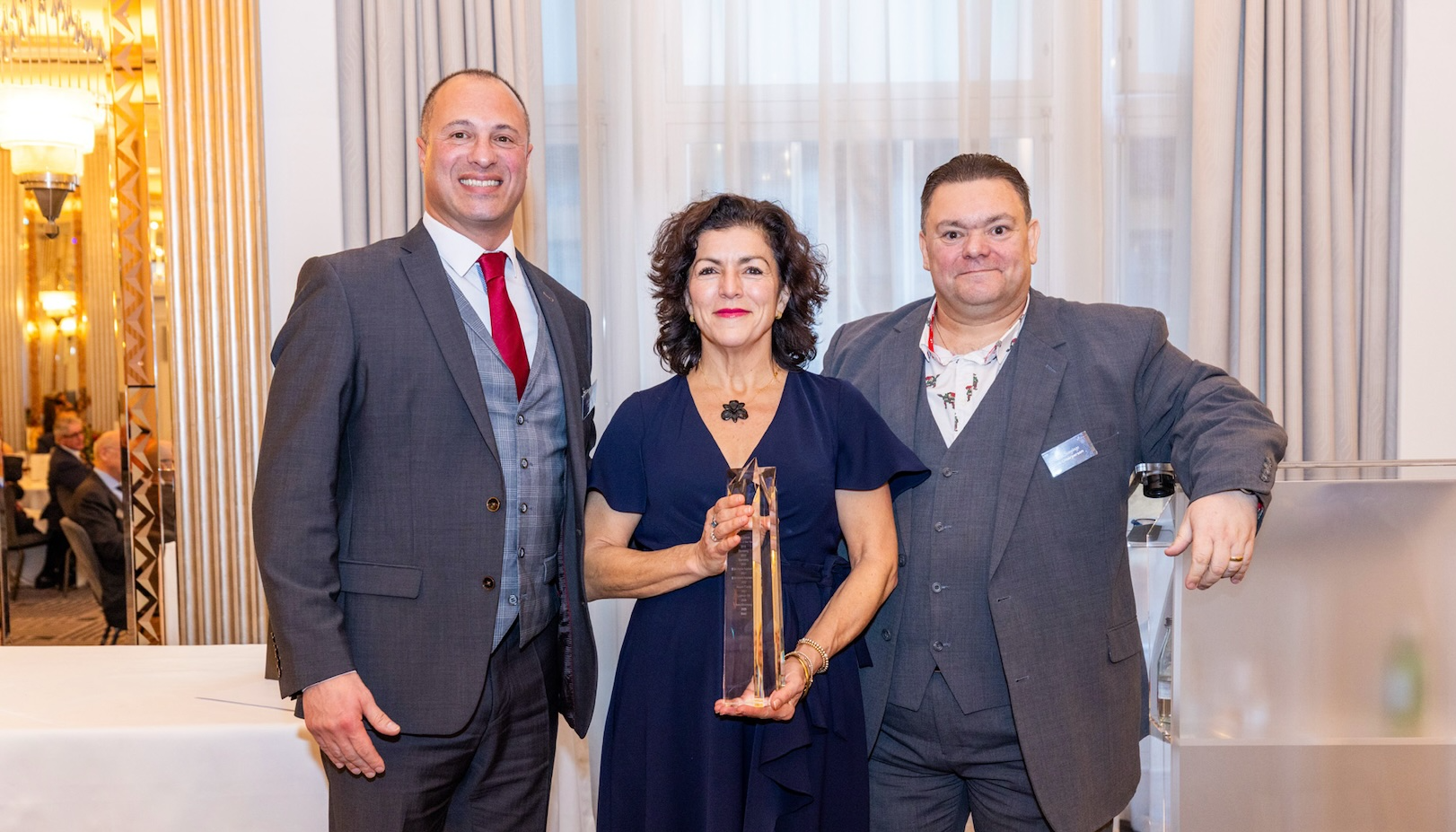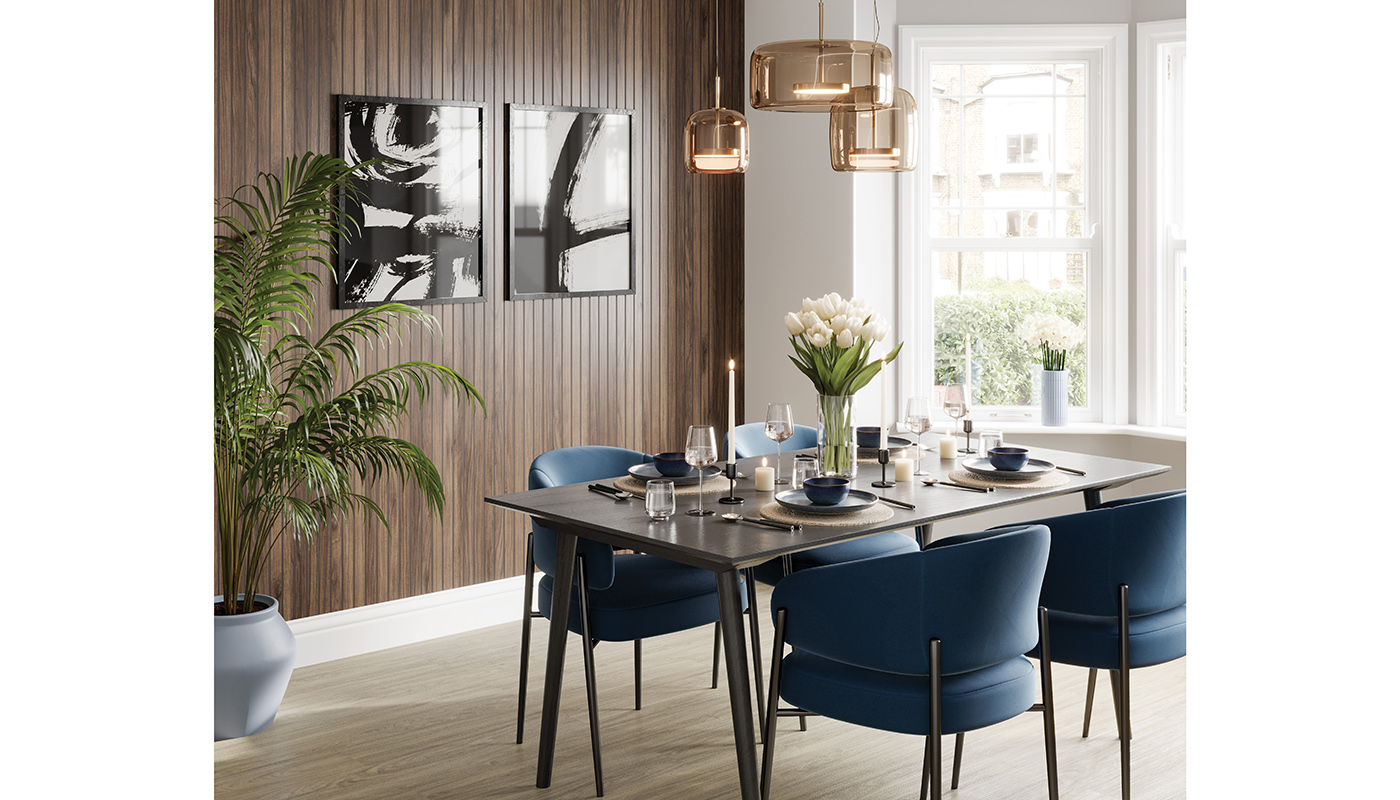Lisa Kyme – How we're supporting clients to make sustainable choices
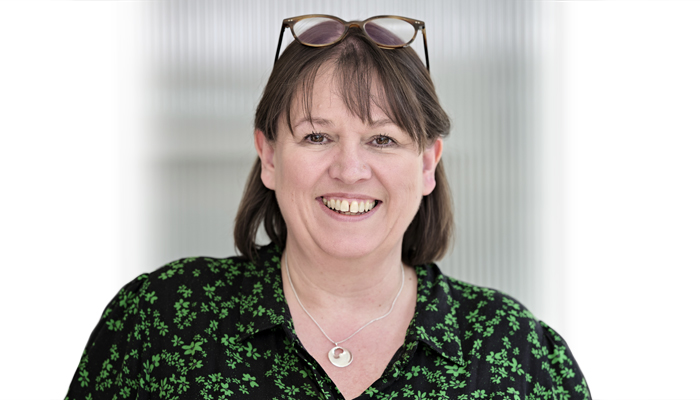
Lisa Kyme – How we're supporting clients to make sustainable choices
In the second of a series of blogs for KBBFocus around Ripples' sustainability journey, Lisa Kyme of Ripples London reveals how franchisees are reshaping their messaging to customers when it comes to purchasing products.
For us at Ripples London, it's all about taking small steps to make each and every client aware of the products which will save them money, perform better and have less of a detrimental impact on the environment. Obviously the biggest talking point is around taps and showers as this is where the most amount of water is used and therefore wasted. Conversations about flow restrictors are more common than they ever have been before, but we also try to educate customers on how making small tweaks to their daily habits and routines can have a big impact on bills and more importantly on the environment.

The key factor we need to explain to clients is about the output of showers, baths and basin taps, as many of them haven't updated their bathroom for some time so aren't aware of just how much water their existing products are using. Luckily we are supported well by the manufacturers who are taking huge steps to innovate and make sure their latest products are as environmentally friendly as they can be. Today, most showers have a flow rate of 9-12 litres per minute, whereas a decade ago this would have been more like 14-18 litres so the improvements in that respect are having a hugely positive impact. The real challenge the manufacturers face is ensuring that their eco-products don't negatively impact performance as a client investing in a new bathroom won't want to feel like they're having to compromise.
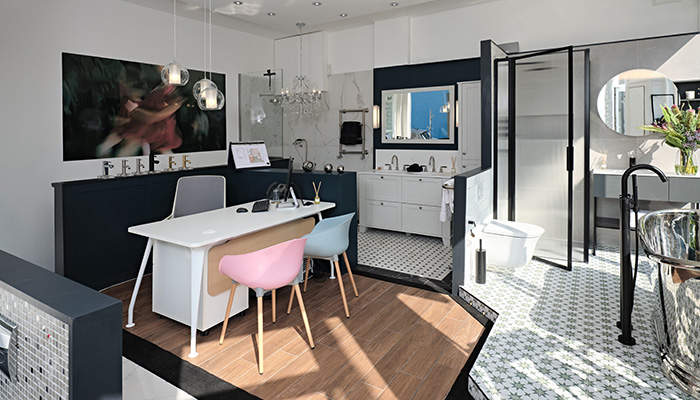
And whilst a lot of emphasis is rightly put on taps and showers, it's also about educating them on the other areas of a bathroom which can be made more energy-efficient, such as radiators. For example, many people don't realise that Chrome radiators can lose up to 25% more heat than coloured radiators. Luckily coloured radiators continue to grow in popularity, alongside the trend for special finish brassware, so this is often an easier choice for a customer to make.
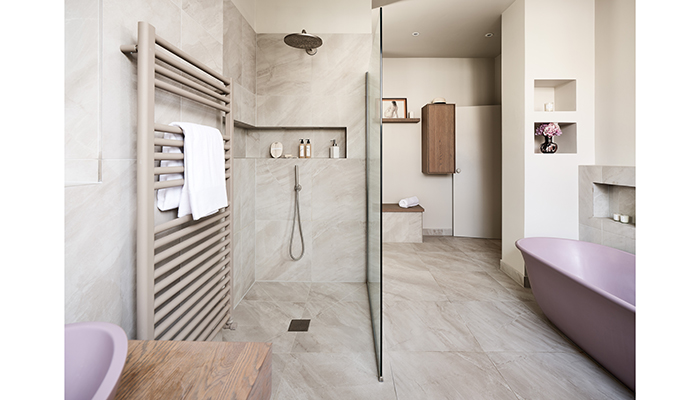
One of the areas we really try to focus on is encouraging our customers to invest well in their new bathroom, educating them that investing in quality bathroom products now will be much better in the long run. Not only does this strategy reduce the risk of lower quality items breaking, it also means the products should work better and for much longer. A well-designed bathroom with high-quality products should last upwards of 10-15 years if properly maintained and if we can expand the lifespan of our bathrooms we reduce how quickly bathrooms need to be ripped out and replaced. Anything we can do to reduce the amount of product which goes to landfill can only be a good thing.
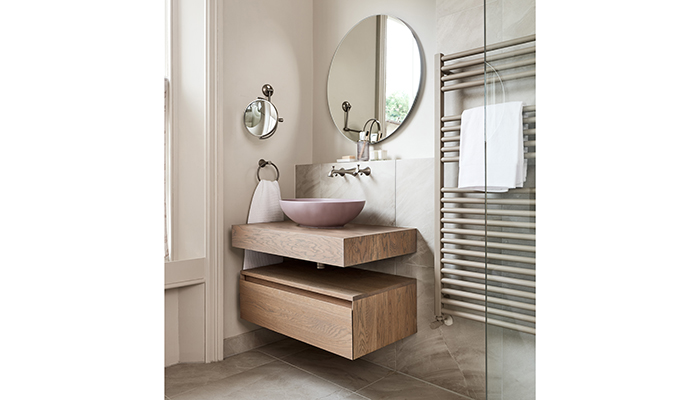
What I would say is that discussions around sustainability and investing well in bathroom product are definitely being driven by us as retailers, rather than being driven by our customers. This is where we feel the water labelling scheme we're working on with the UWLA will help as it provides information and a visual reminder to the customer in an instant. We are also making adjustments to our own habits and working practices. We've hugely reduced the amount of paper we use, the amount of printing we do and where appropriate hold meetings online to reduce unnecessary travel and therefore pollution. It's all about taking the small steps, which lead to a bigger impact.

Tags: insight, features, lisa kyme, ripples, ripples london, bathrooms, sustainability, showering




